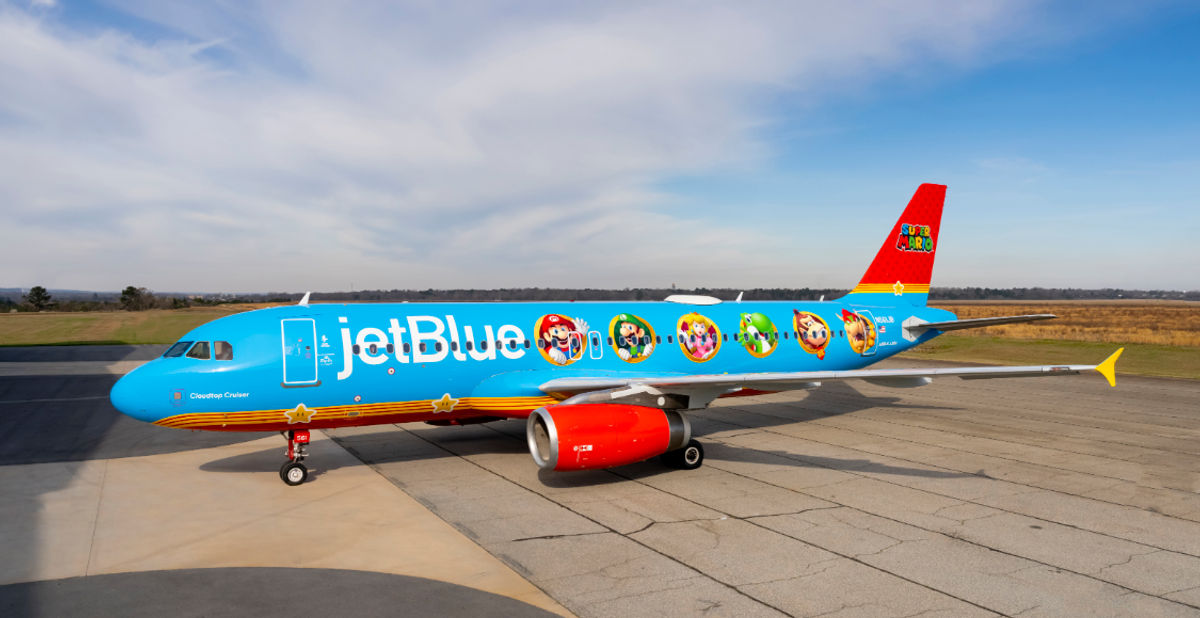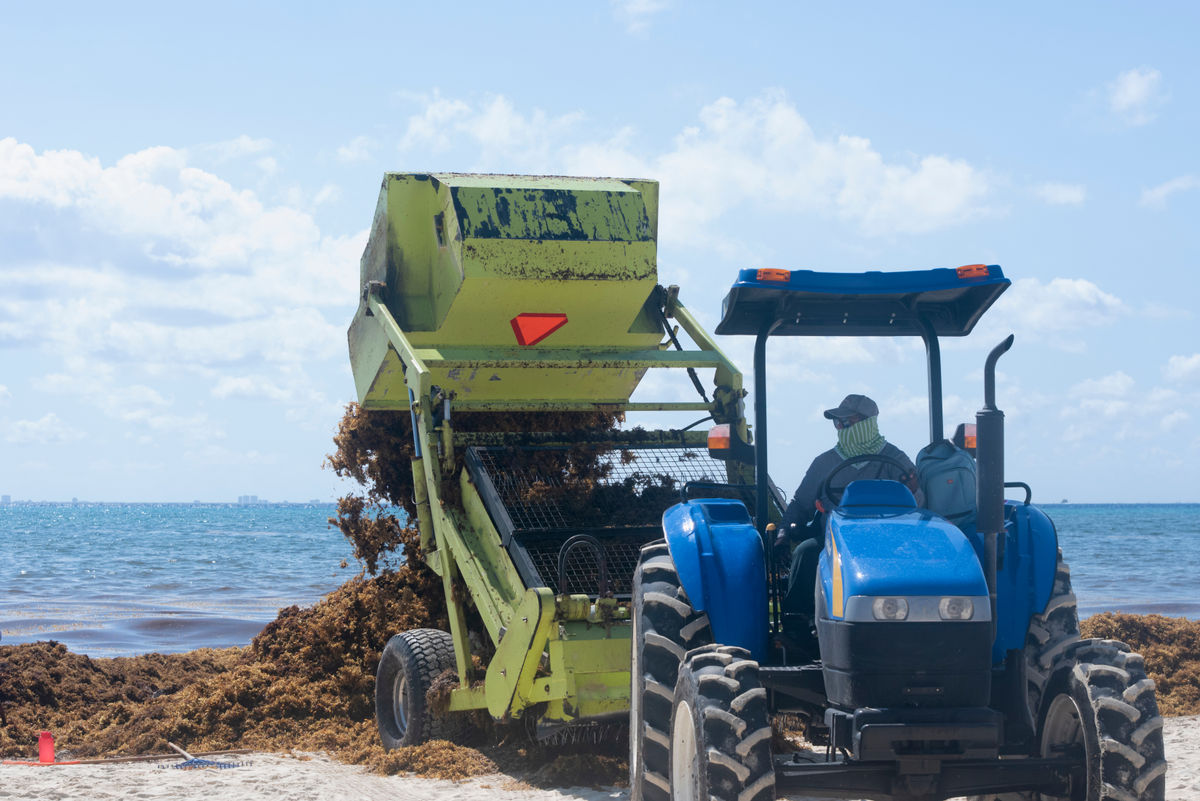New details are emerging surrounding the potential cause of a fiery plane crash at Toronto’s Pearson International Airport last month.
A preliminary report from Canada’s Transportation Safety Board indicates that the right main landing gear collapsed on impact when a Delta flight arrived at the Toronto airport on February 17.
The incident involved a CRJ-900 aircraft manufactured by Bombardier and operated by Delta Endeavor Air that departed from Minneapolis–Saint Paul International Airport.
Upon landing in Toronto, the Delta aircraft impacted the runway, and following the initial impact, parts of the aircraft separated, including a wing and the tail section, after which a fire ensued, according to the report released today.
Newly released details also show that the plane's first officer, who was at the controls, was in her fifth straight day of flying. The report also notes that the first officer had 1,422 hours of flying total, which is below the Federal Aviation Administration (FAA) minimum to be a commercial pilot.
Despite not having the minimum hours required, the first officer was allowed to fly commercially due to a special exception from the FAA because she had a specific aviation degree and received a waiver, according to the report.
Once the aircraft came to rest, passengers and cabin crew were evacuated via the right forward door and one of the two right emergency exit windows. The plane’s cockpit door was unusable, requiring the flight crew to exit out of the emergency hatch in the cockpit ceiling.
Twenty-one passengers and crew were injured during the accident, many of whom were hospitalized.
The field phase of the investigation is ongoing. TSB investigators are assisted by representatives from the U.S. National Transportation Safety Board (NTSB), the Federal Aviation Administration (FAA), the Greater Toronto Airports Authority (GTAA), NAV CANADA, the operator, and the manufacturers of the aircraft and engines.
.png)
.png) 3 weeks ago
1
3 weeks ago
1








 English (US) ·
English (US) ·  Spanish (ES) ·
Spanish (ES) ·